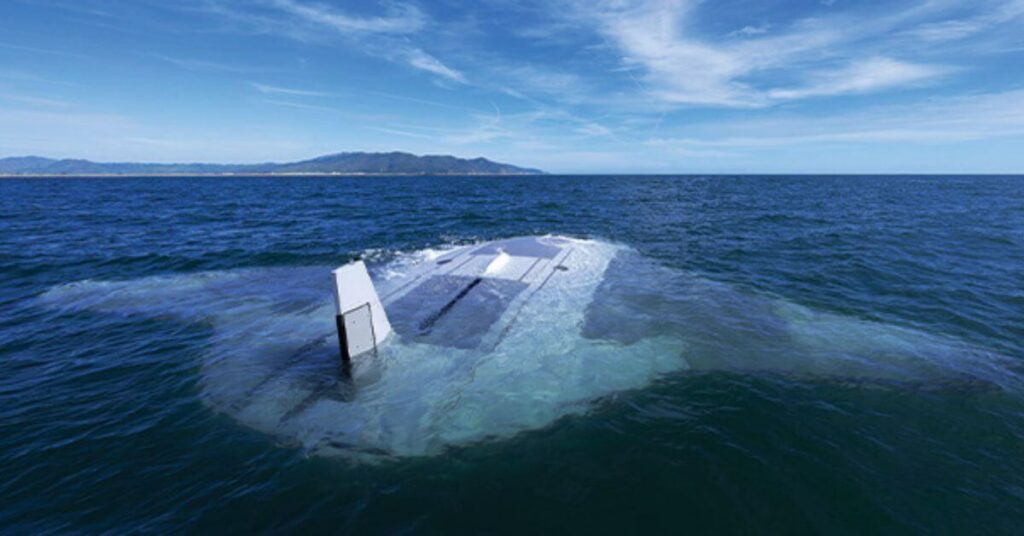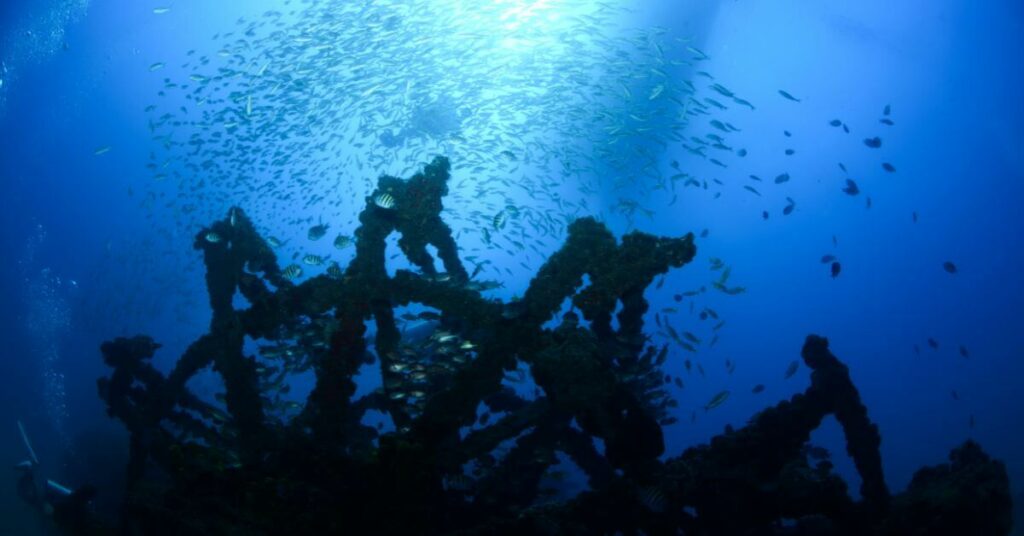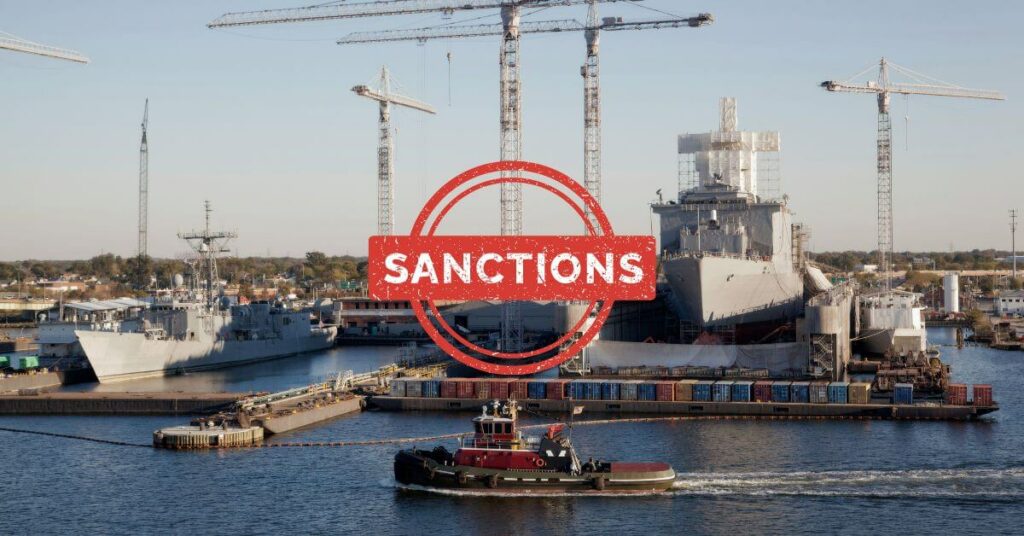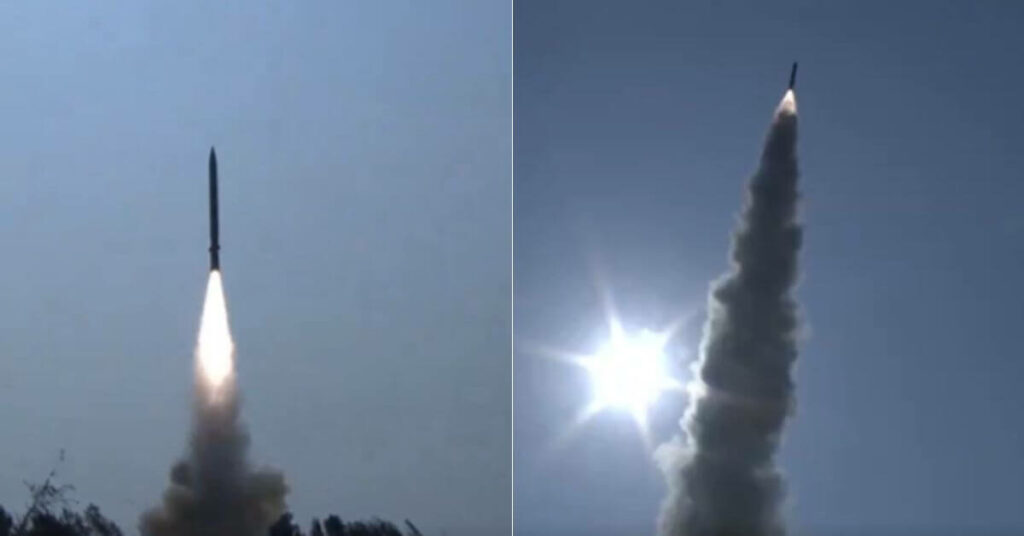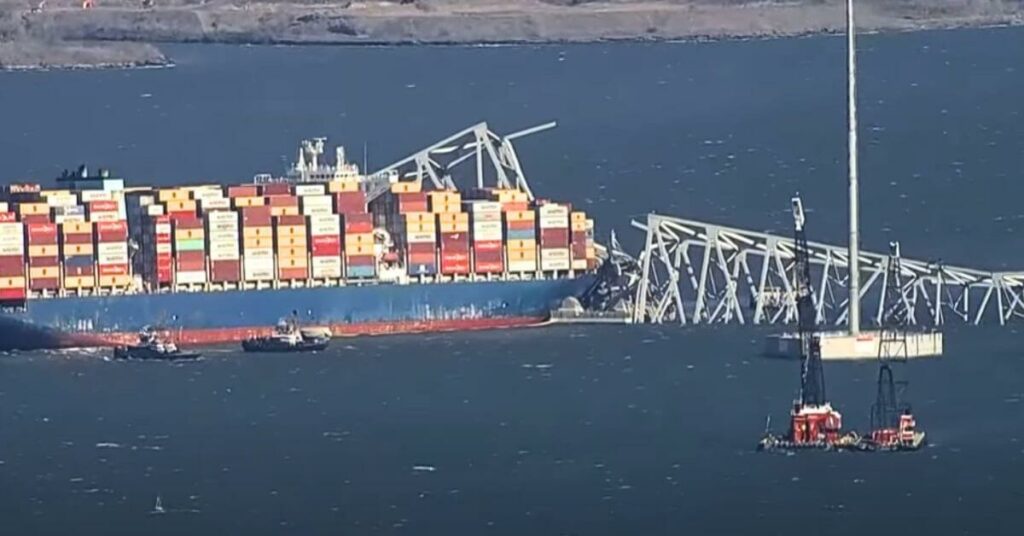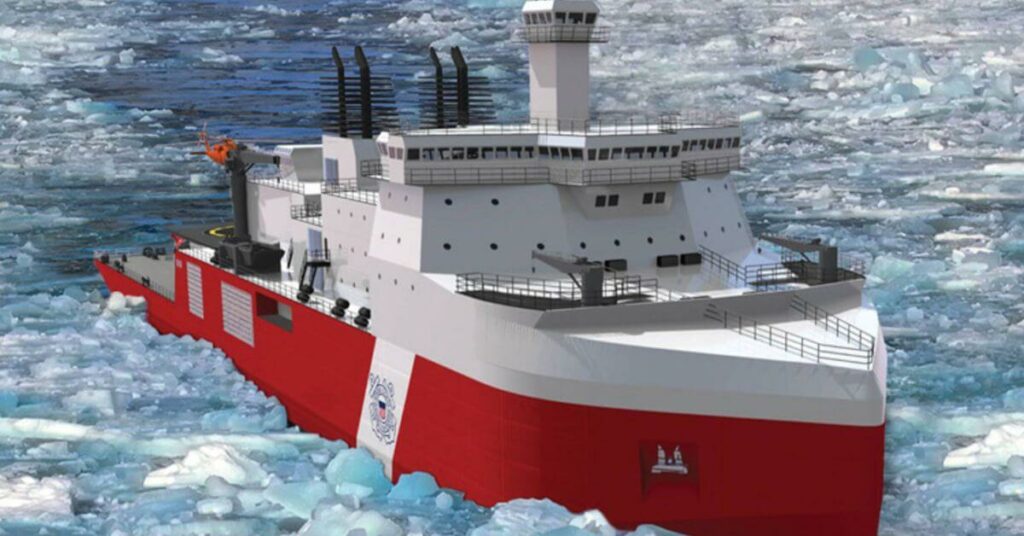US Navy Drones Spend 60000 Hours Under First-Of-its-kind Operation In Middle Eastern Waters
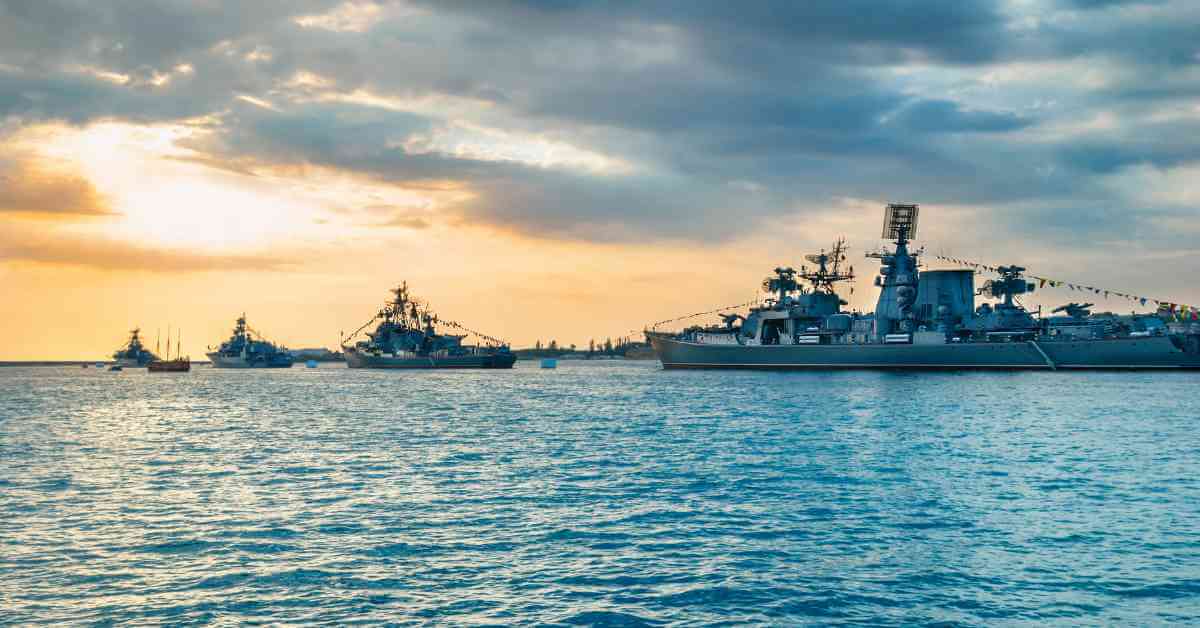
A massive warehouse at a US Navy base in Bahrain, a small island nation in the Persian Gulf, houses almost a dozen drones on display. They are available in different shapes, capabilities, and sizes. Some resemble traditional speedboats, whereas others look like they could’ve been plucked from a science fiction film.
Drones are used for reconnaissance or to gather intelligence, and when needed, they can also be lethal. The drones belong to a Navy task force striving to merge unmanned systems and AI algorithms with maritime operations across the Middle East. This task is becoming increasingly essential as wars become increasingly dependent on autonomous platforms.
This initiative, known as Task Force 59, is the first for the Navy. It is intended to give the US greater surveillance and deterrence options in this volatile region, where American and coalition forces face threats from multiple adversaries.
Drones help augment the traditional combatant force, explained Captain Colin Corridan, the commodore of Task Force 59. For commanders, this permits them to take on higher operational risks while maintaining tactical and strategic advantages. They do not necessarily need to risk personnel to complete the challenging work.
Task Force 59 was successfully established in September 2021 by the US Naval Forces Central Command, popularly known as NAVCENT. It is headquartered at Naval Support Activity Bahrain, a major US base located in the Gulf state that hosts the Fifth Fleet of the Navy.
Business Insider has visited the installation recently, where, for more than two and a half years, Task Force 59 has been experimenting with a diverse arsenal of drones and employed the systems in missions and exercises around the Middle Eastern waters.
Since its inception, Task Force 59 has been able to carry out almost 34 multilateral and bilateral exercises and operated drones at sea for over 60,000 hours across Middle Eastern waterways, per Corridan. A significant of Task Force 59’s drones are unmanned surface vehicles, or USVs, indicating that they function autonomously on the water’s surface.
They greatly vary in size — some are just about 10 feet long while others push almost 40 feet in length — but are used for surveillance, intelligence, and reconnaissance purposes.
Beyond the USVs, Task Force 59 also operates unmanned underwater and aerial vehicles, or UUVs and UAVs, respectively, giving it a wide range of capabilities and options for collecting data above and below the surface.
Corridan mentioned that Task Force 59’s drones are used in Fifth Fleet’s zone of operations, which spans 2.5 million square miles of water from the Red Sea to the Indian Ocean. This zone also includes critical chokepoints, through which merchant vessels carrying various goods pass on their way to ports around the world.
Unmanned systems extend a host of opportunities to expand awareness of the regional maritime domain and provide effective eyes on the water, Corridan mentioned, adding that they play a crucial role in advancing intelligence, surveillance, and reconnaissance (ISR) capabilities while providing high lethality and enhanced operational readiness.
Drone activities are monitored and meticulously coordinated in the Robotics Operations Center, a small and unassuming room at the Task Force 59 headquarters. Full of monitors and little flags on desks, the space is essentially a command and control centre, where the US and its foreign partners supervise various exercises and missions.
One such mission that was held place in September 2023 witnessed the drones being deployed to spy on Iran’s gunboats, warships, and aircraft around the Strait of Hormuz, a critical waterway between the Gulf of Oman and the Persian Gulf where the forces of Tehran have been routinely accused of harassing commercial vessels and, at times, even foreign military vessels.
Vice Admiral Brad Cooper, then the NAVCENT commander, said that at the time, the integration of drones into routine fleet operations permitted the US to better monitor and patrol the region while increasing deterrence against bad actors.
Maritime awareness, a prime focus of the September surveillance mission, has primarily been the focus of Task Force 59 since its creation. But its work changed in October after a USV shot a live munition at one of the targets, simulating very hostile forces amid an exercise.
The engagement marks the first time that a USV has shot out a lethal munition in the Middle East. Cooper hailed this moment as a massive step forward that had taken the Navy’s capabilities to the next level. Rather than being useful only for maritime awareness, the drones had proven that they could make a fleet more lethal.
Developments like these emphasize the evolving role that USVs have acquired in the ongoing conflict. Ukraine, for instance, lacks a navy. However, for months, Kyiv has turned to a dynamic fleet of USVs that was packed with explosives to wreak havoc on the Russian Black Sea Fleet. The style is asymmetrical warfare that has a proven track record of being quite challenging for Moscow to come to a stop.
And thousands of miles away, Iran-backed Houthi rebels have attempted to use USVs to attack international shipping lanes off the coast of Yemen. However, US forces tend to destroy these systems in preemptive strikes before they even have a chance to launch them into the water. The trend extends beyond the maritime domain, though, as militaries turn to AI and unmanned systems on and off the battlefield.
In the ongoing Ukraine war, modern warfare has reportedly been underscored by the wide-scale deployment of cheap commercial drones to carry out surveillance and high-cost attacks against the enemy. Such a dangerous tactic isn’t new to the conflict, but it is one that the US military is refusing to waste time training to defend against, considering developments in space.
The exponential rise of autonomous systems in war has raised several questions regarding their ethical use and prompted a detailed discussion of what responsible development of military AI could be like. Over 50 nations, including Ukraine and the US, have endorsed a robust framework for addressing such an issue.
For Task Force 59, even though AI-based and other unmanned systems will be used to monitor their environment and gather crucial data, Corridan mentioned that they won’t act fully independently, and there will always be a human in the loop to make critical decisions.
As the threat environment continues changing in the Middle East, so do the requirements of the existing task force.
Reference: Business Insider
Disclaimer :
The information contained in this website is for general information purposes only. While we endeavour to keep the information up to date and correct, we make no representations or warranties of any kind, express or implied, about the completeness, accuracy, reliability, suitability or availability with respect to the website or the information, products, services, or related graphics contained on the website for any purpose. Any reliance you place on such information is therefore strictly at your own risk.
In no event will we be liable for any loss or damage including without limitation, indirect or consequential loss or damage, or any loss or damage whatsoever arising from loss of data or profits arising out of, or in connection with, the use of this website.
Disclaimer :
The information contained in this website is for general information purposes only. While we endeavour to keep the information up to date and correct, we make no representations or warranties of any kind, express or implied, about the completeness, accuracy, reliability, suitability or availability with respect to the website or the information, products, services, or related graphics contained on the website for any purpose. Any reliance you place on such information is therefore strictly at your own risk.
In no event will we be liable for any loss or damage including without limitation, indirect or consequential loss or damage, or any loss or damage whatsoever arising from loss of data or profits arising out of, or in connection with, the use of this website.
Do you have info to share with us ? Suggest a correction
About Author
Marine Insight News Network is a premier source for up-to-date, comprehensive, and insightful coverage of the maritime industry. Dedicated to offering the latest news, trends, and analyses in shipping, marine technology, regulations, and global maritime affairs, Marine Insight News Network prides itself on delivering accurate, engaging, and relevant information.

About Author
Marine Insight News Network is a premier source for up-to-date, comprehensive, and insightful coverage of the maritime industry. Dedicated to offering the latest news, trends, and analyses in shipping, marine technology, regulations, and global maritime affairs, Marine Insight News Network prides itself on delivering accurate, engaging, and relevant information.
Latest Shipping News Articles You Would Like:
Subscribe To Our Newsletters
By subscribing, you agree to our Privacy Policy and may receive occasional deal communications; you can unsubscribe anytime.




